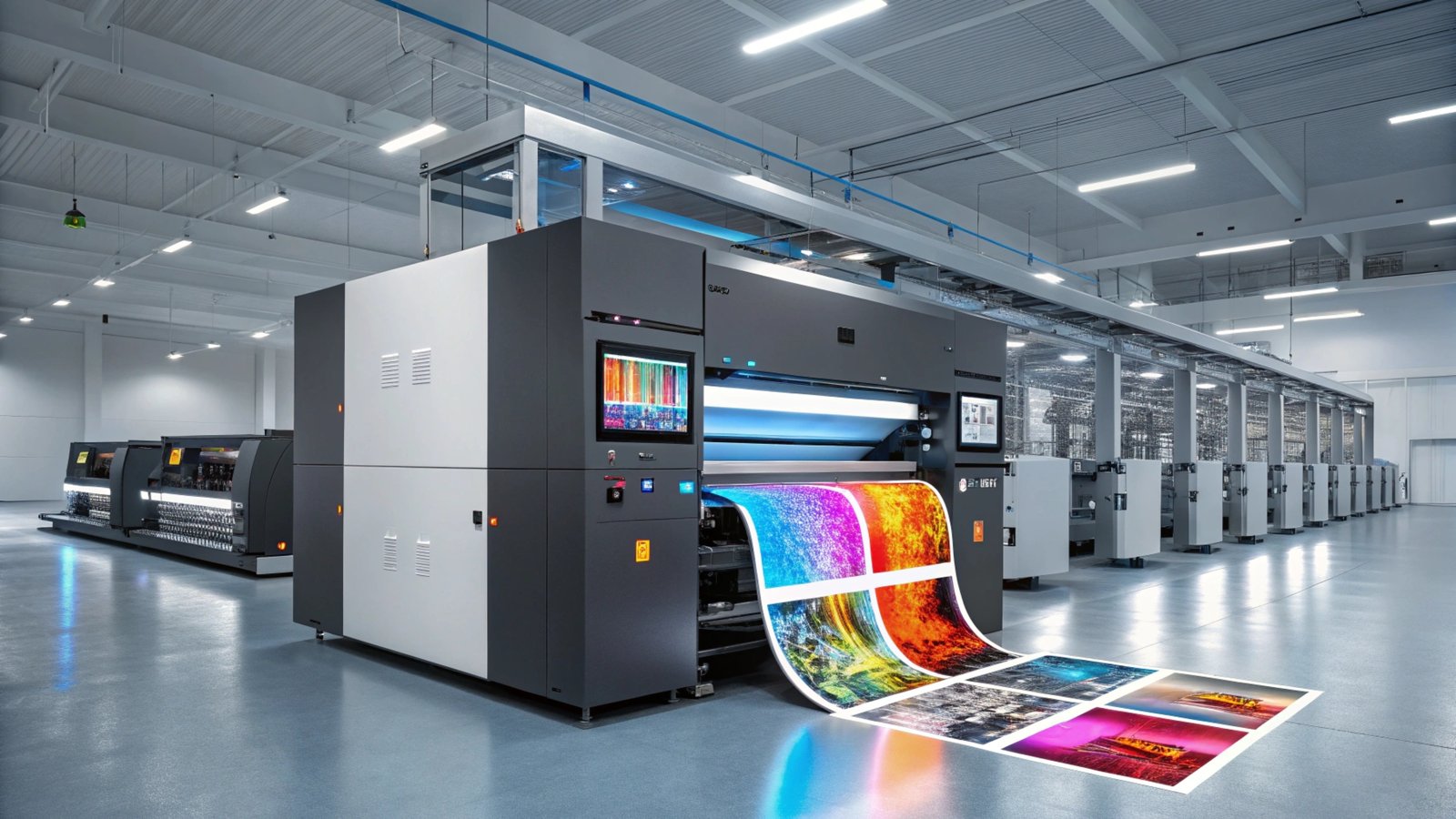
Packaging is often the first impression a consumer has of a product, and the quality of that packaging can make all the difference. But have you ever wondered how printing technology plays into the overall quality and impact of packaging boxes? The right printing technique can enhance brand identity, boost product appeal, and even contribute to sustainability efforts.
The quality of printing technology directly impacts the visual appeal, durability, and functionality of packaging. Modern printing techniques bring better colors, textures, and customizations, making packaging not just protective but also a marketing tool.
When considering packaging for your products, it's essential to understand how printing affects every aspect, from aesthetics to practical uses. Let’s dive into the specifics of printing technology in packaging and why it matters.
[Table of contents]
What is the importance of printing in packaging?
Good packaging starts with good design, and that design often begins with the print. But what makes printing so important in packaging? Beyond simple decoration, printing gives brands the opportunity to communicate their values and catch the customer's eye.

Printing is key to building brand identity, creating visual appeal, and conveying product information. Whether it's the logo, product details, or promotional messages, printing makes these elements visible and impactful.
Visual Appeal and Brand Identity
One of the most significant reasons printing is vital in packaging is its ability to visually appeal to consumers. High-quality prints make products stand out, creating a strong first impression. Bright, vivid colors can evoke emotions and attract attention, helping products perform better on store shelves.
Practical Communication
Apart from aesthetics, printing provides essential information such as ingredients, instructions, warnings, and barcodes. The clarity and design of printed text and graphics ensure the consumer receives the message the brand intends. This can be especially important for food and pharmaceutical packaging, where legibility and compliance are critical.
Which printing method is most effective on packaging?
Choosing the right printing method can elevate the quality and efficiency of your packaging. But which printing method works best? There are several options available, each with its unique benefits.

The choice of printing method depends on factors like packaging material, design complexity, and production volume. Let’s explore the most common methods used in packaging: Flexography, Offset printing, and Digital printing.
Flexography Printing: High Speed, Large Volumes
Flexography is a popular choice for packaging due to its ability to print on various materials, from plastic to paper. It's commonly used for mass production since it allows for high-speed printing. It’s especially effective for simple designs with large volumes of color.
Offset Printing: Excellent Quality for Fine Details
Offset printing is a traditional yet highly effective method, especially when fine details and sharp graphics are required. This technique is ideal for packaging where high-quality color reproduction and intricate designs are needed. It also works well on cardboard and paperboard, making it suitable for retail packaging.
Digital Printing: Flexibility for Short Runs
Digital printing has gained popularity in recent years due to its flexibility. It’s perfect for smaller runs and customized packaging. With no need for printing plates, digital printing can offer faster turnaround times and more precise color accuracy, but it may not be as cost-efficient for large volumes.
How has technology impacted the print industry?
Over the past few decades, technological advancements have drastically changed the printing industry, especially when it comes to packaging. From digital presses to improved software, technology has brought many innovations to the table, making packaging production faster, cheaper, and more versatile.

Technological advancements have increased print precision, speed, and customization while also reducing costs and environmental impact. Let's look at some ways that technology has reshaped the print industry.
Automation and Efficiency
Automation in the printing process has significantly reduced the time r

